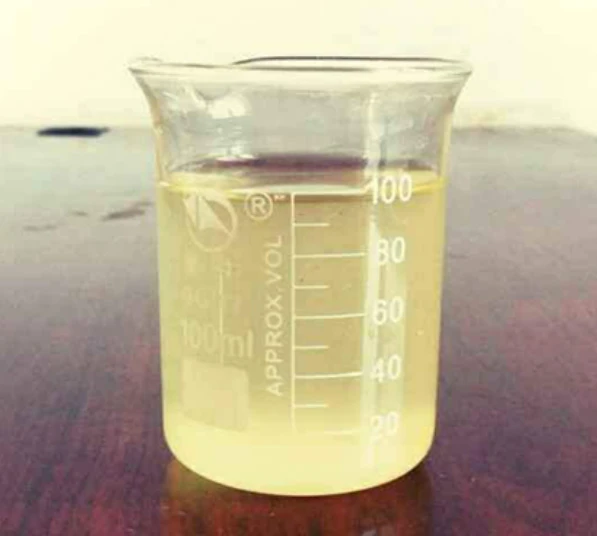Exploring the Applications and Properties of Nonionic Polyacrylamide in Various Industries
Nonionic Polyacrylamide Properties, Applications, and Benefits
Nonionic polyacrylamide (NPAM) is a water-soluble polymer that plays a significant role in various industries due to its unique properties and versatile applications. Characterized by its nonionic nature, this polymer does not carry any electrical charge, making it particularly effective in certain processes where ionic interactions can be unfavorable. This article explores the properties, applications, and benefits of nonionic polyacrylamide.
Properties of Nonionic Polyacrylamide
Nonionic polyacrylamide is formed through the polymerization of acrylamide monomers and is distinguished from its ionic counterparts by the absence of charged groups. This key characteristic imparts several beneficial properties, including high viscosity in solution and a remarkable capacity for water retention. NPAM exhibits excellent solubility in water, enabling it to form viscous solutions even at low concentrations. The molecular weight of NPAM can vary significantly, which allows for customization of its properties to meet specific application needs.
The polymer's nonionic nature also results in a neutral pH, which is advantageous in sensitive chemical environments. Its stability under a wide range of temperatures and pH conditions further enhances its applicability. Additionally, NPAM can be modified chemically to introduce specific functional groups, tailoring its interactions with other substances and enhancing its suitability for particular uses.
Applications of Nonionic Polyacrylamide
The applications of nonionic polyacrylamide span multiple fields, including agriculture, water treatment, and oil recovery. In agriculture, NPAM is commonly used as a soil conditioner. Its ability to absorb and retain water helps improve soil structure and moisture retention, promoting better plant growth. This attribute is especially beneficial in arid regions where water scarcity can hinder agricultural productivity.
In the mining and water treatment industries, NPAM serves as a flocculant agent. It aids in the clarification of water by aggregating impurities and suspended particles, leading to more efficient sedimentation and separation processes. This functionality is crucial for producing clean water and treating wastewater, making NPAM integral to environmental management strategies.
nonionic polyacrylamide

Furthermore, nonionic polyacrylamide finds application in enhanced oil recovery processes. By injecting NPAM into oil wells, operators can reduce the viscosity of the oil, facilitating its flow and extraction. This method helps increase the yield from existing wells, making it a cost-effective solution in petroleum production.
Benefits of Nonionic Polyacrylamide
The benefits of using nonionic polyacrylamide are manifold. Firstly, its nonionic nature minimizes adverse interactions with other chemical components, thereby enhancing compatibility in various applications. This property allows NPAM to be used alongside other polymers and chemicals without the risk of interference.
Additionally, NPAM's ability to improve water retention and soil structure in agricultural applications contributes to sustainable farming practices. By reducing the need for frequent irrigation, it helps conserve water resources while promoting healthy crop yields.
In water treatment processes, NPAM not only improves the efficiency of flocculation but also reduces the need for additional chemicals, thereby lowering operational costs. This makes it an environmentally friendly choice for waste management.
Finally, in oil recovery, the use of NPAM can lead to significant economic benefits by maximizing resource extraction efficiency. This not only enhances the profitability of oil operations but also contributes to energy sustainability.
Conclusion
In summary, nonionic polyacrylamide is a versatile and valuable polymer with wide-ranging applications across various industries. Its unique properties, including high water solubility and nonionic nature, make it a preferred choice in agriculture, water treatment, and oil recovery. As industries continue to seek sustainable and efficient solutions, NPAM will likely play an increasingly important role in advancing these efforts. With ongoing research and development, the potential for new applications and enhancements of nonionic polyacrylamide is exciting, promising further benefits to a variety of sectors.
-
Understanding Polycarboxylic Acids: Properties, Applications, and Future PotentialNewsJul.28,2025
-
Scale Inhibitor Explained: How to Protect Your System from Limescale and Hard Water DamageNewsJul.28,2025
-
Scale and Corrosion Inhibitors: Essential Chemicals for Industrial Water System ProtectionNewsJul.28,2025
-
Polyaspartic Acid: A Biodegradable Polymer for Sustainable ChemistryNewsJul.28,2025
-
Isothiazolinones: A Versatile Antimicrobial Class with Industrial Power and Regulatory ChallengesNewsJul.28,2025
-
A Deep Dive into 2-Phosphonobutane-1,2,4-Tricarboxylic Acid (PBTC)NewsJul.28,2025





